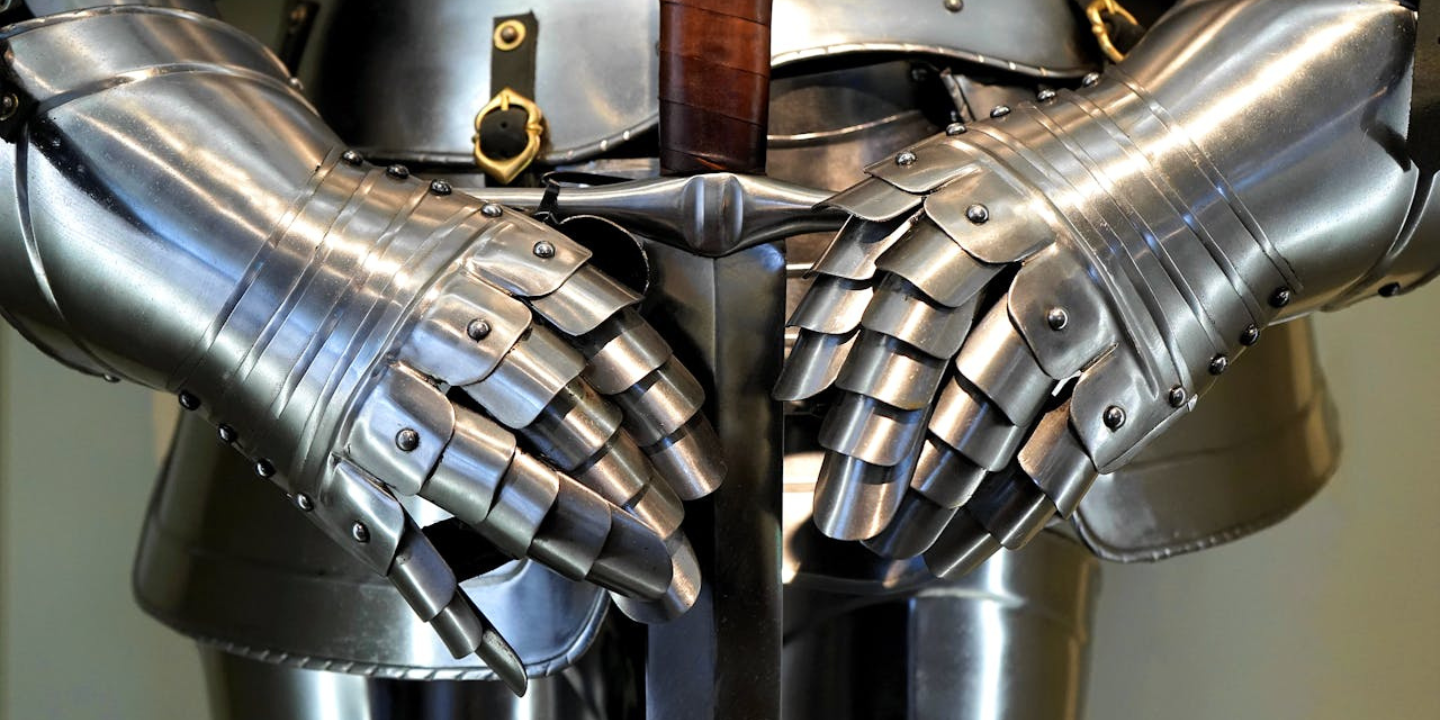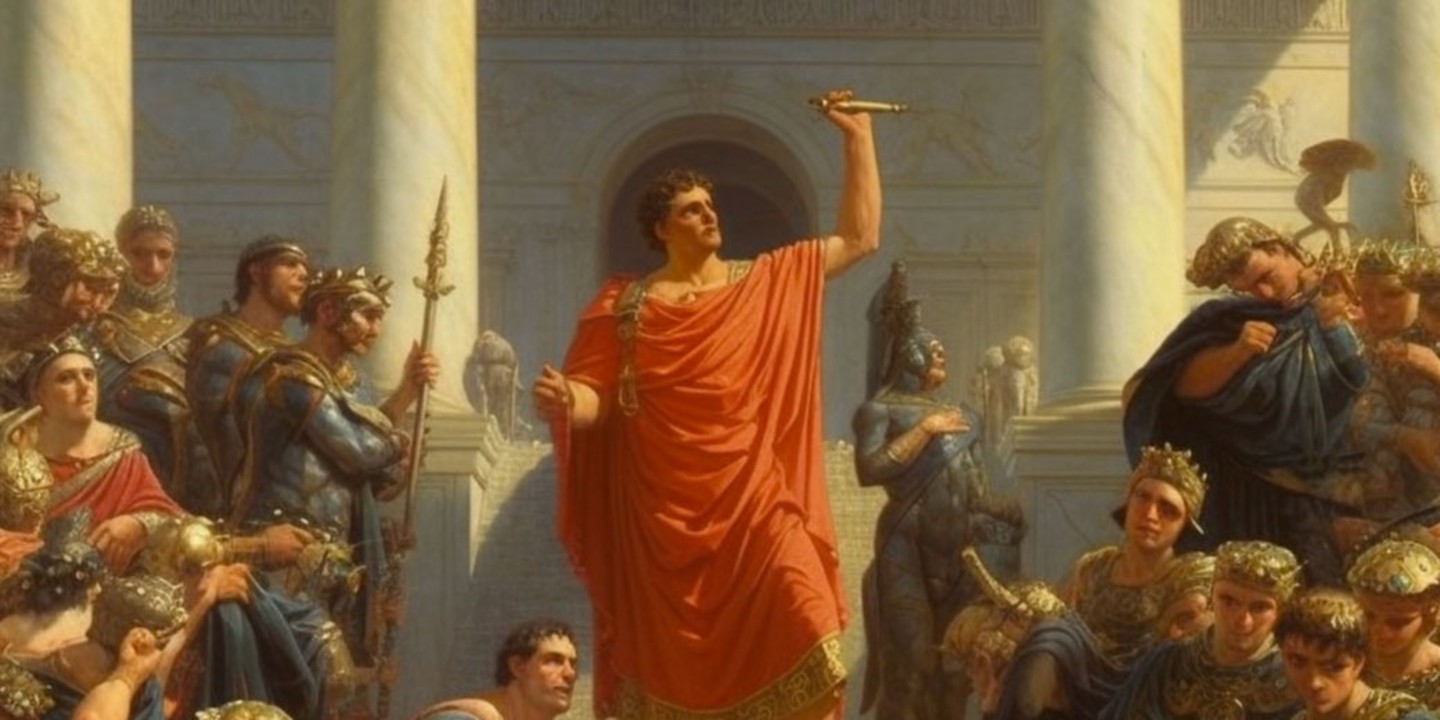The 20 Most Iconic Royal Figures & What They Did
How Many Of These Monarchs Do You Know?
Monarchies may be seen as a little old school today, but for much of history, they called the shots. At the helm of all great kingdoms, kings and queens were holding absolute power. Some were seen as oppressors while others were praised as divine beings. Whether forces for good or devilish tyrants, here are the 20 most iconic royal figures ever.
 Museums of History New South Wales on Unsplash
Museums of History New South Wales on Unsplash
1. Queen Elizabeth II
For many of us in the English-speaking world, the first image that comes to mind when talking about royalty is Queen Elizabeth II. As the longest-reigning British monarch, she symbolized stability. She's known for modernizing the monarchy, unifying the commonwealth, and for her humanitarian efforts.
2. Queen Victoria
Queen Victoria was one of the most influential monarchs in British history. During her rule known as the Victorian Era, Britain became an economic and technological power with the rapid industrialization of the country.
 John Jabez Edwin Mayall on Wikimedia
John Jabez Edwin Mayall on Wikimedia
3. Henry VIII
Perhaps most famous for having six wives throughout his life, King Henry VIII also presided over the beginning of the Renaissance. He played a significant role in separating the Church of England from the Roman Catholic Church, an action driven by his desire to annul his first marriage.
 Hans Holbein the Younger on Wikimedia
Hans Holbein the Younger on Wikimedia
4. Cleopatra
The quintessential "femme fatale," Cleopatra was known for her relationship with Mark Antony and Julius Caesar. However, Cleopatra was also a clever diplomat and played an active role in politics. She modernized Egypt's economy through trade which preserved the country's wealth and influence in a tumultuous time.
 Fox Film Corporation on Wikimedia
Fox Film Corporation on Wikimedia
5. Princess Diana
Known as "The People's Princess," Diana advocated for causes previously considered taboo for the royal family like HIV/AIDS and homelessness. She was also famous for her style and was closely associated with the fashion world.
 John Mathew Smith on Wikimedia
John Mathew Smith on Wikimedia
6. William the Conqueror
William the Conquerer was Duke of Normandy until he invaded England and defeated the last Anglo-Saxon king. He introduced the feudal system and the census to England.
 Unknown authorUnknown author on Wikimedia
Unknown authorUnknown author on Wikimedia
7. Ramasses II
Ramasses II was one of Egypt's most powerful pharaohs. He commissioned some of the most ambitious building projects, built cities, and led Egypt to victory in one of the largest chariot battles in history.
8. Suleiman the Magnificent
Called "The Grand Turk" by his European counterparts, Suleiman the Magnificent was an imposing ruler known for his military prowess. He built up Constantinople as the Empire's capital and expanded its territory.
9. Louis XVI
Louis XVI was the last French king. He approved French military support for the American Revolution which nearly bankrupted France, sparking the French Revolution. He and his wife Marie Antoinette were guillotined as part of the reign of terror.
 Antoine-François Callet on Wikimedia
Antoine-François Callet on Wikimedia
10. Charlemagne
Charlemagne united Western and Central Europe, restoring the Western Roman Empire. Under his rule, Europe underwent a cultural and economic renaissance.
11. Nero
Nero was Emperor of Rome in the first century who was infamous for his indulgent and sinful lifestyle. He also inaugurated poetry, theatre, and sports competitions, banned capital punishment, reduced taxes, and provided aid to disaster-struck cities.
12. Elizabeth I
Queen Elizabeth I of England is known for making Protestantism England's official religion. She also defeated the Spanish Armada which strengthened the English Empire, fostering a Golden Age for England.
 After Levina Teerlinc on Wikimedia
After Levina Teerlinc on Wikimedia
13. King Salman bin Abdulaziz
King Salman bin Abdulaziz has been the king of Saudi Arabia since 2015. He's the oldest living monarch and the third wealthiest royal in the world. His major accomplishments as king include legalizing driving for Saudi women, Saudi Arabia's intervention in the Yemeni Civil War, and implementing the country's modernization and economic diversification plan.
 Unknown authorUnknown author on Wikimedia
Unknown authorUnknown author on Wikimedia
14. Constantine the Great
Constantine the Great converted to Christianity, making it the main religion of Rome. He also moved the capital to Constantinople which became the most powerful city in the world.
 Byzantine mosaicist, ca. 1000 on Wikimedia
Byzantine mosaicist, ca. 1000 on Wikimedia
15. Genghis Khan
Genghis Khan is one of the most famous conquerors of all time known for unifying Mongolia and extending his empire all the way to the Adriatic Sea. After his resounding military success, he was named universal emperor of the Mongolian steppe.
16. Augustus Caesar
Augustus Caesar was the founder of Rome which was one of the world's largest and most powerful empires. He was revered for bringing peace, and constitutional, and financial reforms.
17. Ashoka the Great
Ashoka the Great was the ruler of the ancient Indian empire of Maurya. He's revered as one of the greatest Indian emperors of all time. He ruled using a policy of dharma which emphasised peace and tolerance and facilitated the spread of Buddhism.
18. Qin Shi Huang
Qin Shi Huang was the first emperor of China. He commissioned infrastructure projects, standardized writing, currency, and measurement, and introduced the census. A large part of The Great Wall Of China was completed under his rule.
19. Abd al-Malik ibn Marwan
Abd al-Malik ibn Marwan is known for strengthening the Umayyad Caliphate, the first great Islamic empire. He changed the language of government from Greek and Persian to Arabic, introduced the first Islamic currency, and built the Dome of the Rock, one of the most iconic Islamic monuments.
20. Emperor Meiji
Meji was the Emperor of Japan in the 19th century. He is largely credited with transforming Japan from a feudal, isolationist country into an industrialized world power.
KEEP ON READING

20 Common Misconceptions People Have About The Middle Ages
It’s Not All Knights and Shining ArmorMany people romanticize the…
By Farva Ivkovic Feb 4, 2025
20 Powerful Ancient Egyptian Gods That Were Worshipped
Unique Religious Figures in Ancient EgyptWhile most people are familiar…
By Cathy Liu Jan 27, 2025
The 10 Scariest Dinosaurs From The Mesozoic Era & The…
The Largest Creatures To Roam The EarthIt can be hard…
By Cathy Liu Jan 28, 2025
The 20 Most Stunning Ancient Greek Landmarks
Ancient Greek Sites To Witness With Your Own EyesFor those…
By Cathy Liu Feb 2, 2025
10 Historical Villains Who Weren't THAT Bad
Sometimes people end up getting a worse reputation than they…
By Robbie Woods Feb 3, 2025
One Tiny Mistake Exposed A $3 Billion Heist
While still in college, Jimmy Zhong discovered a loophole that…
By Robbie Woods Feb 3, 2025











